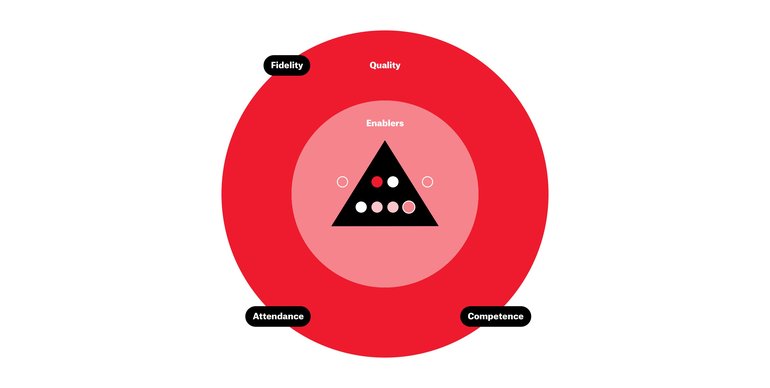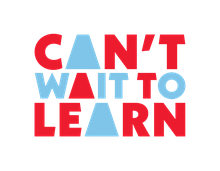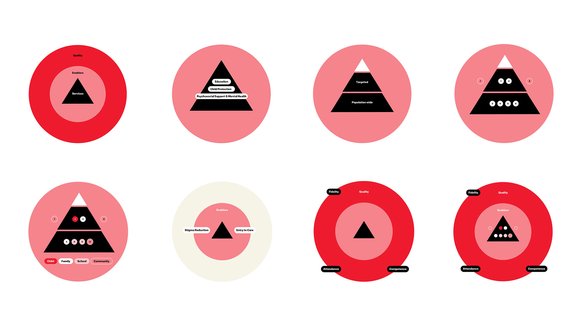FAST, EFFECTIVE, LOW-COST
“We are proud that many children are able to continue learning, even during COVID-19. Together with our partners, we aim to provide fast, effective and low-cost education to 4-8 million conflict-affected children worldwide, allowing them to unlock their full potential.”
Parwez Anis, Interim Can’t Wait to Learn Programme Director
Want to learn more or ask a question? Contact us by e-mail
The education gap
- 78.2 million children experience disruption to their education as a result of humanitarian crises
- Access to quality education is limited - schools are scarce, teachers are overburdened and many children can’t access formal education
- These challenges have led to a critical education gap - a gap not met by current levels of humanitarian funding
Learning through play
Can’t Wait to Learn utilises custom gaming technology to deliver quality education to children - no matter where they are.
The programme sees children living amidst violence and conflict learn to read, write and count by playing educational games on tablet and mobile devices.
How it works
Children at the heart
All design elements are created in partnership with the children. This way they are immersed in a world that reflects their reality - and can focus on learning right away.
Their progress is monitored against government curriculum standards and feedback from users serves to inform and improve the game content.
2.7
x more
In Sudan, research results show that children following Can't Wait to Learn improved their reading skills almost 2.7 times more than children following the Government Alternative Learning Programme (ALP).
They also improved their maths skills by nearly twice as much in comparison.
Countries
Can't Wait to Learn is currently active in six countries:
Research on Can't Wait to Learn is currently ongoing in Uganda, Chad, and Sudan.
Can't Wait to Learn Story
Our partners
The programme draws upon the power of partnerships across many sectors - including ministries of education, technology experts, research institutes, local implementing organisations and international NGOs and UN agencies.
Interested in partnering with Can’t Wait to Learn and contributing to our scaling journey? Contact us.
KIX collab
Thanks to funding from the IDRC and GPE, we have embarked on an exciting partnership with the Knowledge and Innovation Exchange (KIX). Together we are conducting research to determine how EdTech innovations like Can't Wait to Learn can be adapted and scaled to improve the quality of education in low-resource settings.
A major milestone for the programme, we recently completed a randomised controlled trial (RCT) in Uganda. Learn more here.
Scaling up
Ten years of experience taking Can't Wait to Learn from pilot to programme have accumulated in a dedicated scaling strategy. Now, we will use that strategy to scale exponentially with and through our network of partners.
The Can’t Wait to Learn research agenda evaluates programme economy, efficiency, effectiveness and equity performance as measured against the Value for Money framework of the UK Department for International Development (DFID).
Research and development
How we ensure our work with children is effective

The War Child Care System is made up of nine Core Interventions, developed to address the urgent needs of conflict-affected children and their communities. These interventions are supported by a number of tools and enabling trajectories that serve to promote access to care and a process of localisation.
Inside Our Innovation
Parwez Anis is the Interim Programme Director of Can’t Wait to Learn. He has a long history in humanitarian work with a focus on programme implementation. Parwez is committed to harnessing the power of partnerships to bring this one-of-a-kind EdTech innovation to scale around the globe.


